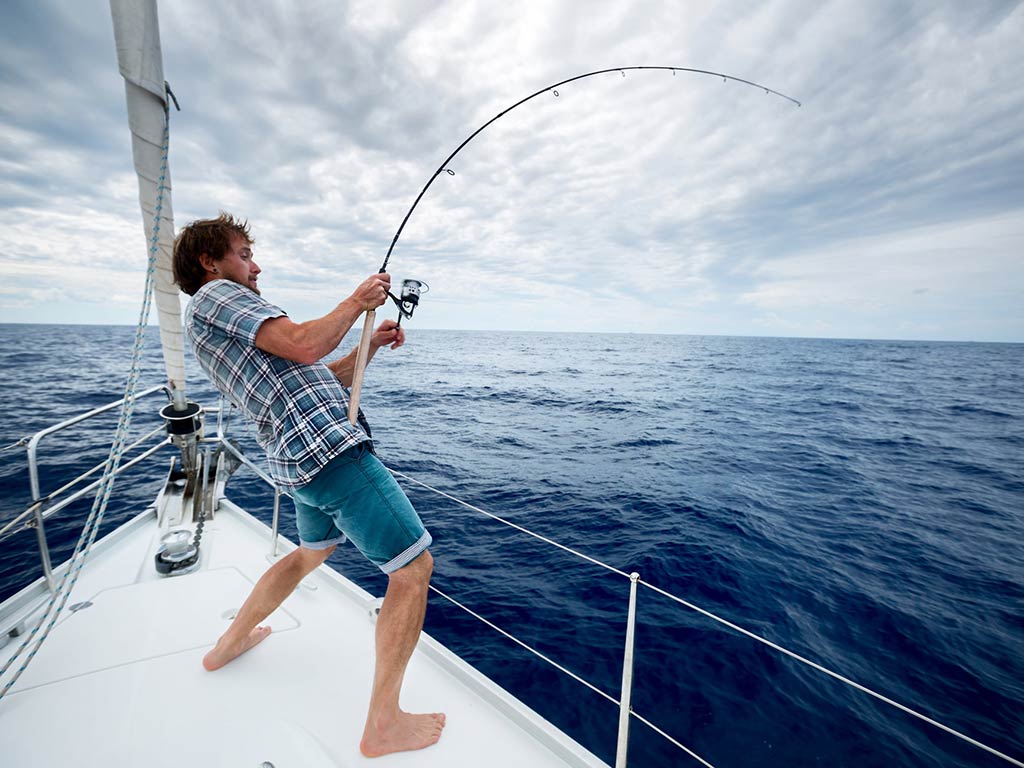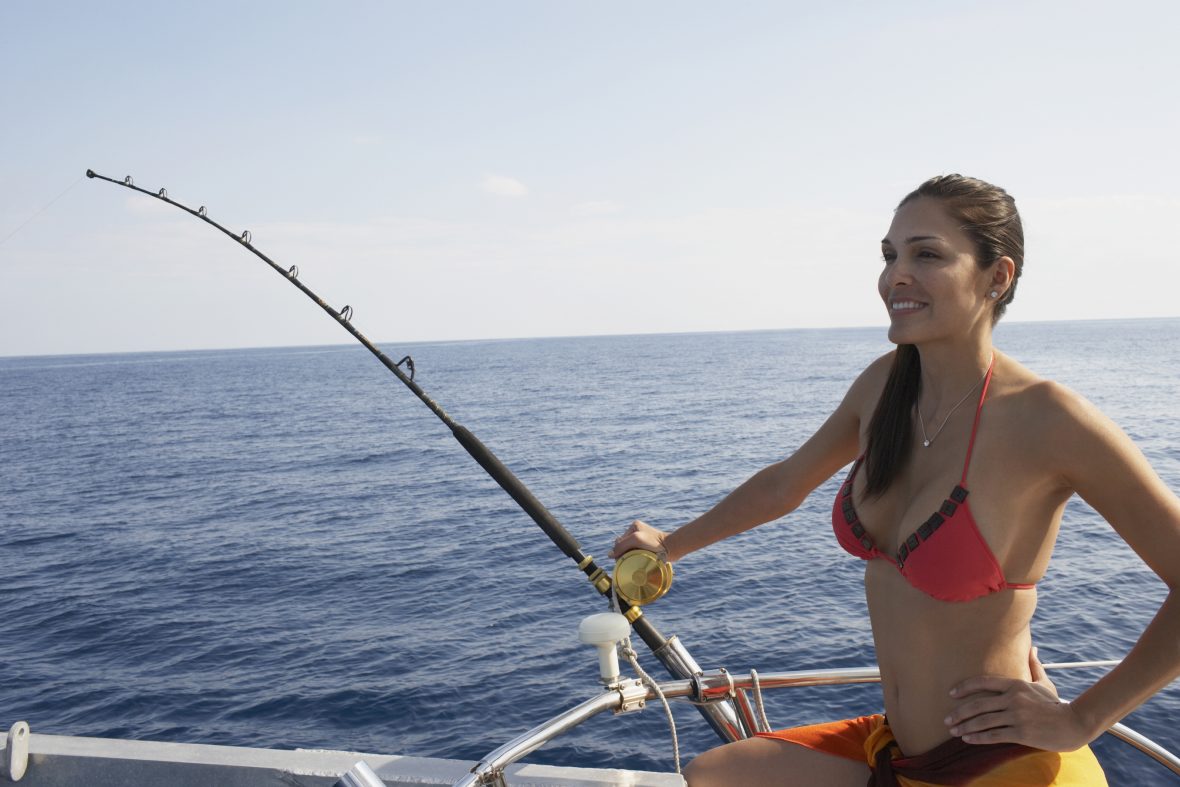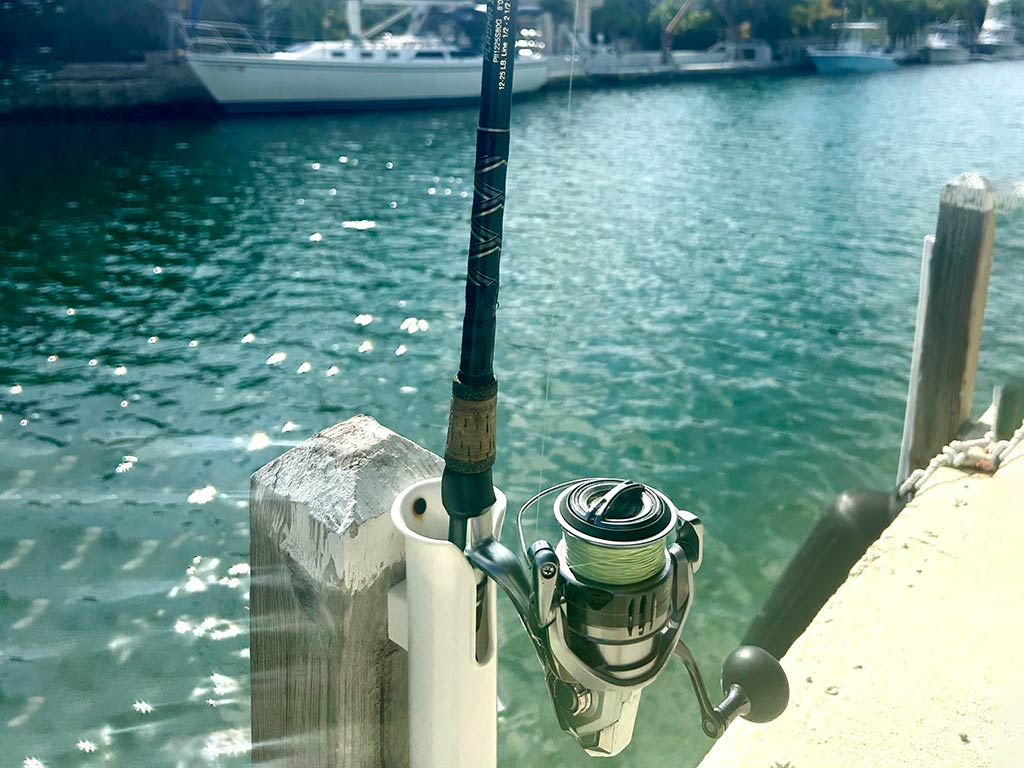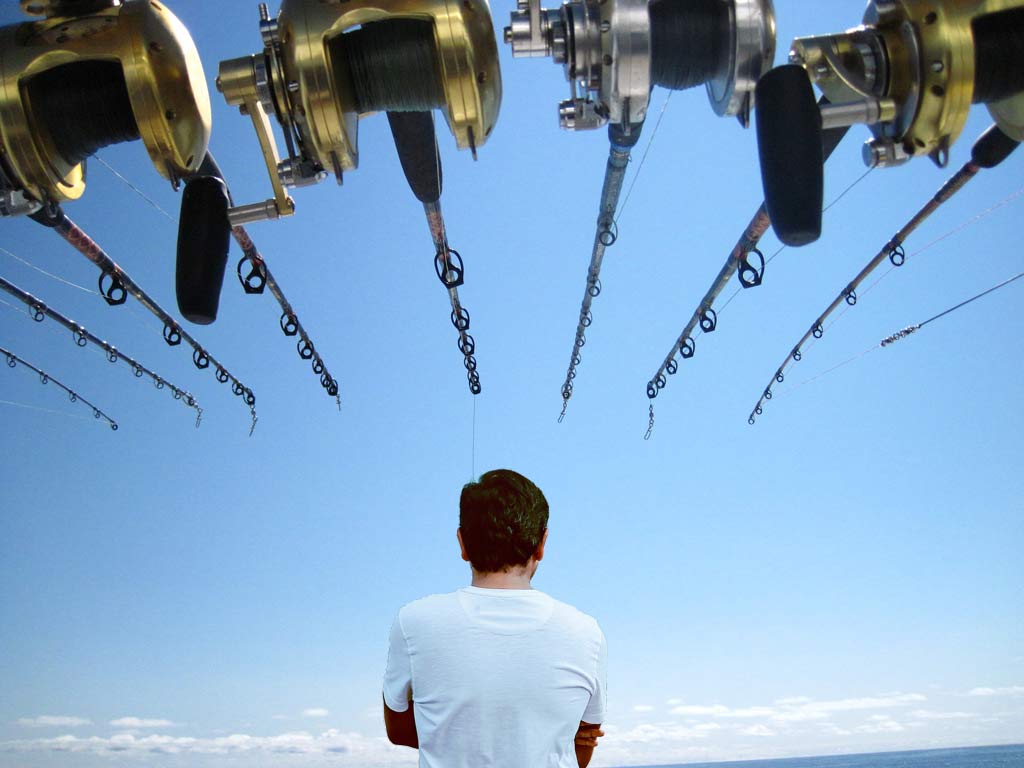How to set up fishing rod? In the realm of recreational angling, the fishing rod is the essential tool that bridges the gap between the angler and the aquatic environment. This specialized piece of equipment, meticulously crafted to perform at the highest level, serves as the conduit through which we channel our skills, techniques, and passion, unlocking the secrets of the underwater world and delivering the thrill of the catch.
However, the true power of a fishing rod lies not only in its inherent design and capabilities but also in the way it is assembled and configured to meet the unique demands of the angler and the target species they seek to pursue. Mastering the art of fishing rod setup is a crucial step in optimizing the performance and user experience of this invaluable tool, empowering anglers to conquer the challenges of the water and consistently achieve success on their angling adventures.

The Importance of Proper Fishing Rod Setup
The act of setting up a fishing rod is more than just a simple mechanical exercise; it is a thoughtful and deliberate process that directly impacts the rod’s overall performance, the angler’s ability to execute effective casts and presentations, and the successful landing of the target species.
Enhancing the Fishing Rod’s Performance
Proper setup ensures that the fishing rod is configured in a way that maximizes its inherent capabilities, leveraging the unique characteristics of the blank, guides, reel seat, and other components to deliver optimal power, sensitivity, and control.
By aligning the various elements of the rod with the specific demands of the angling discipline, the target species, and the environment, anglers can create a setup that is perfectly tailored to their needs, unlocking the true potential of their equipment and increasing their chances of success on the water.

Improving Casting and Presentation Efficiency
The way a fishing rod is set up can have a profound impact on the angler’s ability to execute accurate, efficient casts and deliver their terminal tackle with precision. From the placement and orientation of the guides to the proper alignment of the reel, every aspect of the setup process contributes to the rod’s overall casting dynamics and the angler’s capacity to present lures, baits, or flies in the most effective manner.
By meticulously configuring their fishing rod, anglers can enhance their casting distance, accuracy, and control, enabling them to reach prime fishing locations, target specific structure or cover, and present their offerings in a way that maximizes the likelihood of triggering strikes from their quarry.
Ensuring Successful Fish Handling and Landing
The setup of a fishing rod also plays a crucial role in the angler’s ability to effectively fight and land the target species. From the selection of the appropriate line strength and terminal tackle to the proper positioning and adjustment of the reel’s drag system, each component of the rod setup contributes to the angler’s capacity to subdue and safely release their hard-earned catch.
By optimizing the rod’s fighting capabilities and implementing specialized techniques for managing line tension and fish movements, anglers can increase their success rate in landing fish, while also minimizing the risk of injury or mortality to the target species, promoting responsible and sustainable angling practices.

Steps to Properly Set Up a Fishing Rod
Mastering the art of fishing rod setup requires a methodical and well-informed approach, as each component of the assembly plays a vital role in the overall performance and user experience. By following a step-by-step process and understanding the importance of each element, anglers can create a fishing setup that is tailored to their specific needs and the unique demands of their angling pursuits.
Selecting and Mounting the Reel
The first step in setting up a fishing rod is the selection and mounting of the reel. This crucial component serves as the interface between the angler and the line, and its proper integration with the rod is essential for optimizing casting performance, line management, and the overall handling of the fishing setup.
When choosing a reel, anglers should consider factors such as the reel’s size, gear ratio, drag system, and spool capacity, ensuring that it is properly matched to the rod’s power, action, and the intended target species. Additionally, the mounting of the reel must be executed with precision, aligning the reel seat and securing the reel in a manner that ensures a stable and secure connection.
Attaching the Line and Terminal Tackle
With the reel in place, the next step in setting up a fishing rod is the attachment of the line and the incorporation of any necessary terminal tackle, such as leaders, swivels, and hooks. The selection of the appropriate line weight, strength, and type (monofilament, fluorocarbon, or braided) is crucial, as it must be tailored to the rod’s capabilities, the angling technique, and the target species.
Anglers must also pay close attention to the proper attachment of the line to the reel’s spool, ensuring that it is spooled evenly and without any twists or tangles. The incorporation of terminal tackle, such as leaders and swivels, must be executed with care, providing a secure and efficient connection that will withstand the stresses of fighting and landing fish.

Adjusting the Drag System
The drag system, a critical component of the fishing reel, plays a pivotal role in the angler’s ability to effectively fight and land fish. By controlling the amount of resistance applied to the line during the fight, the drag system allows anglers to subdue their quarry without risking line breakage or the loss of the catch.
Proper adjustment of the drag system is essential, as it must be tuned to the specific line strength, rod power, and the size and fighting characteristics of the target species. Anglers should take the time to carefully calibrate the drag, ensuring that it provides the appropriate level of resistance to enable a controlled and successful landing.
How to set up fishing rod? Positioning and Securing the Guides
The guides, which are strategically placed along the length of the fishing rod, serve a crucial function in the management and control of the line during the casting and retrieval process. The proper positioning and securing of these components can have a significant impact on the rod’s overall casting performance, line control, and the angler’s ability to execute effective presentations.
Anglers should pay close attention to the alignment and spacing of the guides, ensuring that the line flows smoothly through the system and that the guides are securely fastened to the rod blank. This attention to detail can help minimize friction, reduce the risk of line breakage, and enhance the overall efficiency of the casting and retrieving motions.
Finalizing the Setup and Customization
The final step in the fishing rod setup process involves the incorporation of any additional components or customizations that may enhance the user experience or address the specific needs of the angler. This can include the selection of specialized grip materials, the addition of rod handles or fighting butts, and the incorporation of any other accessories that can contribute to the overall performance and comfort of the fishing setup.

By taking the time to carefully configure and customize their fishing rod, anglers can create a truly personalized tool that not only meets their technical requirements but also reflects their individual preferences and angling style. This level of attention to detail can foster a deeper connection between the angler and their equipment, empowering them to consistently achieve success and derive maximum enjoyment from their time on the water.
Conclusion: Unlocking the True Potential of Your Fishing Rod
The act of setting up a fishing rod is a critical step in the pursuit of recreational angling success, as it directly influences the rod’s performance, the angler’s casting and presentation capabilities, and the overall likelihood of landing their target species. By mastering the art of fishing rod setup and understanding the importance of each individual component, anglers can create a tailored, high-performing system that empowers them to conquer the challenges of the aquatic realm and unlock new levels of achievement and satisfaction on the water.
Whether you’re a seasoned veteran or a newcomer to the sport, the process of properly setting up a fishing rod is a journey of discovery, refinement, and personal growth. By taking the time to carefully configure your equipment, adjust the various elements, and incorporate specialized customizations, you can forge a deep and meaningful connection with your gear, transforming it into an extension of your own angling skills and personal style.